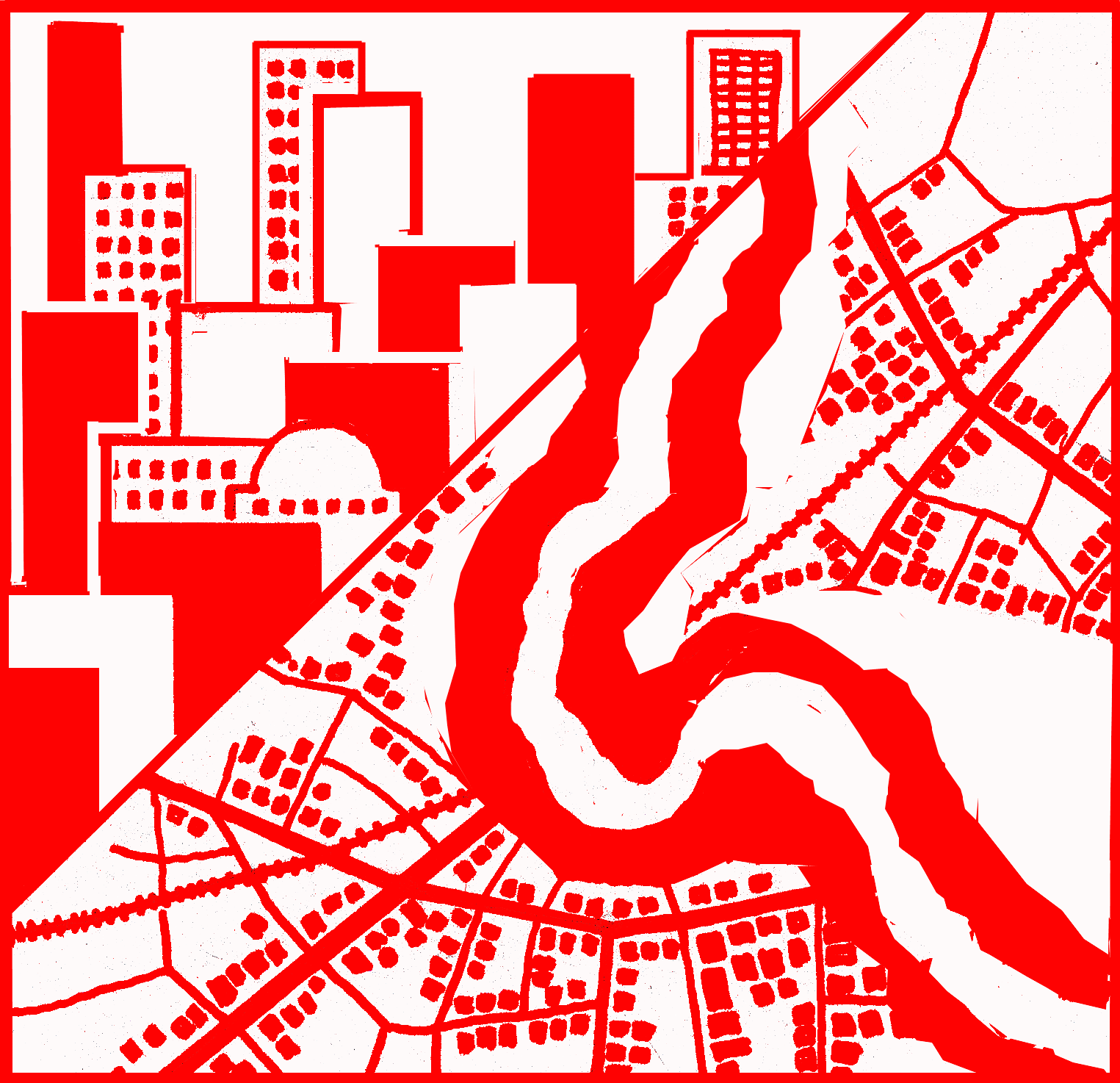| Editor's Corner...
Book Review...
ADPC Regional Programs...
Training and Education...
From Latin America...

Theme

Insight...

AUDMP - making cities safer

From the grassroots

duryog nivaran

Bookmarks

WWW Sites
|

|
Insight . . .
Stop Propagating Disaster Myths
| The international responses to the recent tragic earthquakes in Turkey, Greece and Taiwan reinforce the need to reassess the myths and realities surrounding disasters, and to find ways to stop these destructive tales. Most of the myths concern the fear of epidemics and the place of external assistance in rescue efforts.
The myth that dead bodies cause a major risk of disease is just that, a myth. The bodies of victims of natural disasters and conflicts do not present a public health risk of cholera, typhoid fever or other plagues often mentioned. In fact, the few occasional carriers of communicable diseases who were unfortunate victims of the disaster are a far less threat to the public than they were while alive. Also often overlooked is the unintended but dramatic social consequences of the unceremonious disposal of corpses, another blow to affected populations, depriving them of their human right to honor the dead with proper identification and burial. The legal and financial consequences of the lack of a death certificate adds to survivors' suffering for many years.
|
| Many also
believe that disasters bring out the worst in human behavior, but the truth is that . . .
most people respond spontaneously and generously. |
The unreasonable fear of epidemics is not only manifested with regard to cadavers. WHO has long discouraged post-disaster mass immunization campaigns, recommending instead that countries take advantage of the temporary gathering of usually scattered populations to improve the coverage of normal immunization policies. Unplanned, improvised, and poorly supervised mass campaigns are not without medical risks. However, as with the disposal of bodies, the primary negative result is the false feeling of security misleadingly imparted. The result is the population is distracted from the only effective measures: improving sanitation, and controlling food and water quality.
External assistance has its own conveniently maintained myths. For example, a common one is that any kind of international assistance is needed, and it's needed now, while our experience shows that a hasty response not based on familiarity with local conditions, nor meant to complement national efforts, only contributes to the chaos. It is often better to wait until genuine needs have been assessed. Many also believe that disasters bring out the worst in human behavior, but the truth is that while isolated cases of antisocial behavior exist, most people respond spontaneously and generously.
|
| The myth that affected populations are too shocked and helpless to take responsibility for their own survival is contradicted by the reality that many find new strength during an emergency, as evidenced by the thousands of volunteers who spontaneously united to sift through the rubble in search of victims after the 1985 Mexico City earthquake or the one in Turkey. Perhaps this cross-cultural dedication to the common good of so many local volunteers and institutions, without red tape or petty institutional turf fights, keeps alive our faith in humankind.
One myth trespasses on all types of disasters: "Send any type of donation ... it is needed immediately!" There is not one seasoned relief worker without his or her bag full of anecdotes on inappropriate donations. As an inter-governmental agency serving national institutions, we have seen in each international disaster the management problems caused by the flood of unsolicited, inappropriate or useless supplies that clog distribution channels, competing for space and transportation with critically needed items. The medical field is particularly prone to these errors: expired medicines, partially-used household prescriptions, samples or inappropriately labeled products may represent a substantial portion of the donations.
The myth that things go back to normal within a few weeks is especially pernicious. The truth is that a disaster's effects last much longer than the public attention span. Disaster-affected countries deplete many of their financial and material resources in the immediate post-impact phase. The greatest need for external assistance is to restore normal primary health care services, water systems, housing, and income-producing work. Social and mental health problems will appear when the acute crisis has subsided and the victims feel (and often are) abandoned to their own means.
Dr. De Ville is Chief of the Emergency Preparedness and Disaster Relief Coordination Program at the Pan American Health Organization Regional Office for the Americas of the World Health Organization.
|
|



![]() To get announcements whenever this page is updated, please subscribe to adpc-announce-subscribe@egroups.com
by sending a blank email.
To get announcements whenever this page is updated, please subscribe to adpc-announce-subscribe@egroups.com
by sending a blank email.